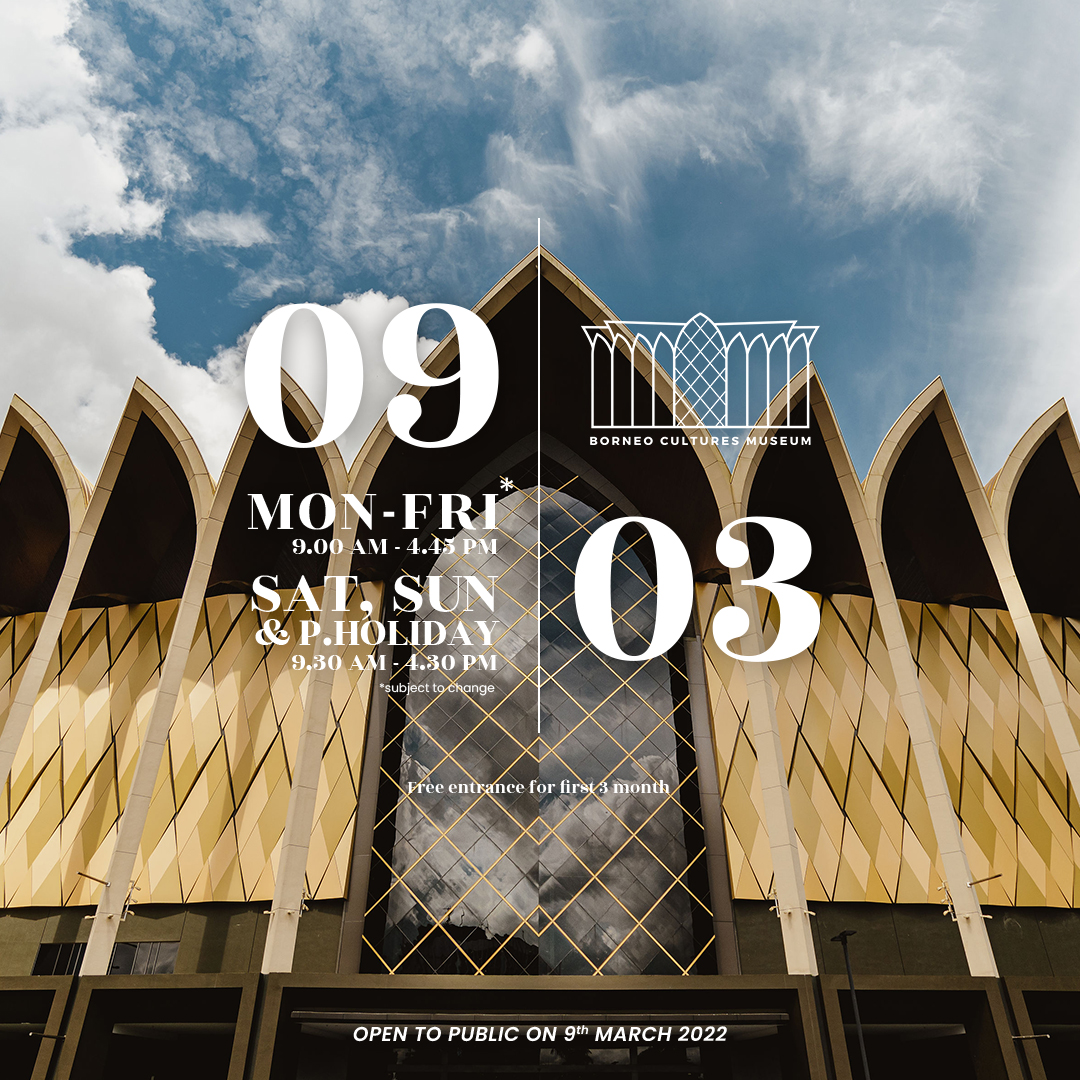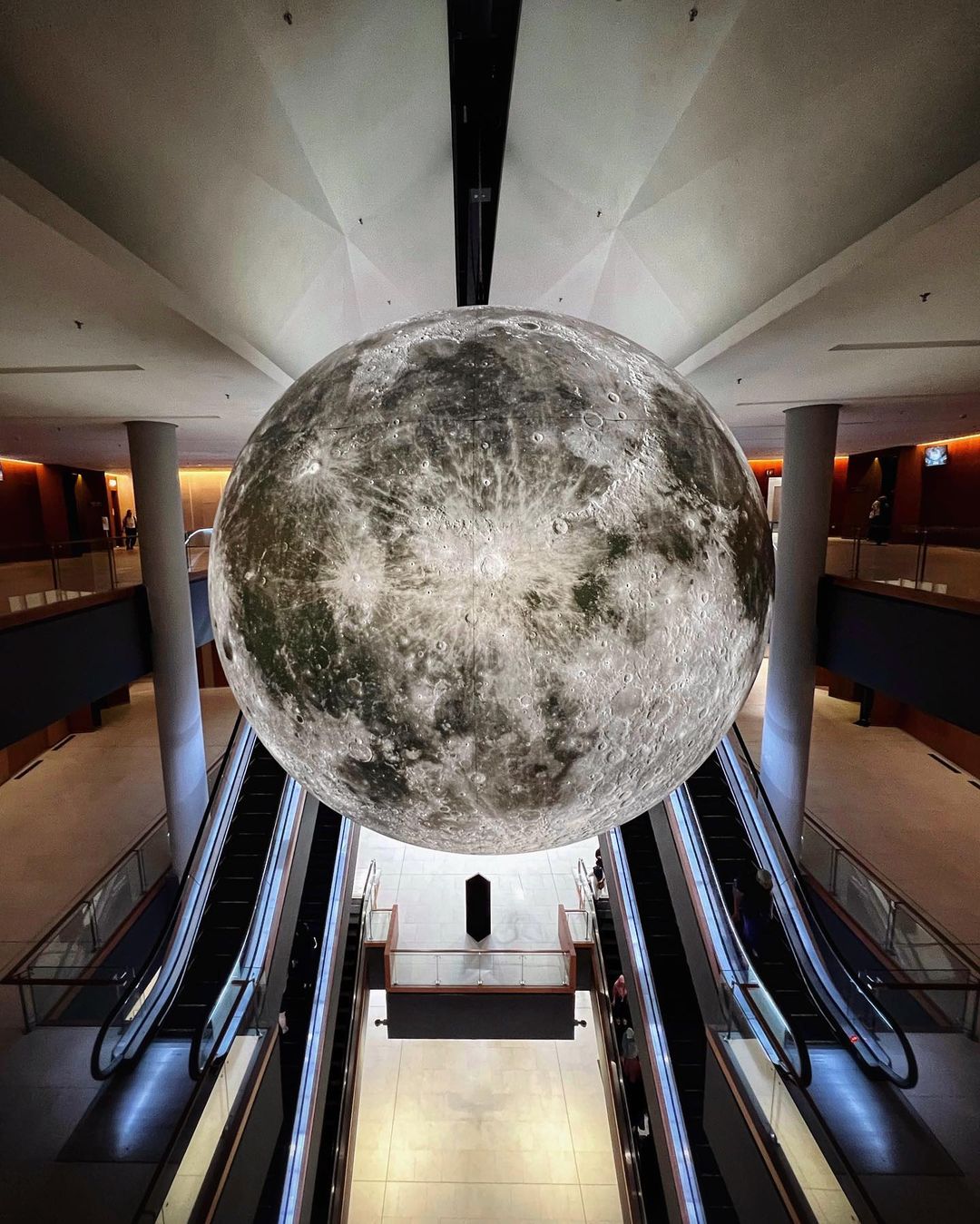Accept Borneo's Heritage: Visit Cultures Museum
Accept Borneo's Heritage: Visit Cultures Museum
Blog Article
Delve Into the Remarkable World of Borneo's Cultural Heritage: A Comprehensive Guide to the Cultures Gallery Experience
Immersing oneself in the elaborate tapestry of Borneo's cultural heritage belongs to starting a trip through time and tradition. The fusion of aboriginal tribes, conventional inventions, exciting efficiencies, and historical narratives housed within the boundaries of the island's galleries supplies a look into a world including dynamic customizeds and extensive traditions. As visitors traverse through these databases of culture, they are beckoned to discover a realm where past and present intermingle, welcoming reflection on the resilience and splendor of Borneo's diverse heritage.
Aboriginal People of Borneo
Borneo is home to over 50 aboriginal tribes, each with distinct cultural methods and traditions that have actually been preserved for generations. Amongst these tribes are the Iban, known for their typical longhouses and detailed tattoos where multiple families live.
These aboriginal people play an important function in preserving Borneo's abundant cultural tapestry. Despite outside influences and modernization, many people remain to promote their languages, beliefs, and customs. Visitors to Borneo have the chance to engage themselves in the one-of-a-kind way of livings of these people via social excursions, homestays, and community-based tourist initiatives. By engaging with these native areas, site visitors can obtain a much deeper appreciation for the diversity and resilience of Borneo's aboriginal heritage.
Standard Handicrafts and Artefacts

One prominent example of typical inventions in Borneo is the manufacturing of woven items - Borneo Cultures Museum. Knowledgeable weavers make use of all-natural fibers like rattan, pandan, and bamboo delegates produce elaborate baskets, mats, and accessories embellished with colorful patterns that hold symbolic meanings within the neighborhood
The art of woodcarving is one more substantial facet of Borneo's conventional handicrafts. Craftsmens sculpt detailed styles right into numerous types of wood to generate masks, sculptures, and musical tools that not only serve functional functions however likewise hold social relevance, frequently portraying folklore or spiritual beliefs.
Furthermore, Borneo is renowned for its beadwork, with craftsmens thoroughly crafting grains from products like glass, seeds, and shells to produce fashion jewelry, garments decorations, and attractive items that showcase the area's vibrant visual traditions. These traditional inventions and artifacts not only serve as tangible expressions of Borneo's cultural heritage yet additionally give understandings right into the areas' ideas, values, and means of life.

Social Performances and Festivals
With a deep-rooted link to their social practices, the communities in Borneo come active with vibrant social performances and events that celebrate their heritage. These occasions showcase the abundant diversity of Borneo's ethnic teams, each offering distinct dancings, music, and routines that have been passed down through generations. Among one of the most distinguished events is the Gawai Dayak, commemorated by the Dayak people to web link mark the rice harvesting period. Throughout this festival, traditional songs fills up the air, elaborate dances are carried out, and sophisticated conventional outfits are worn. An additional significant occasion is the Pesta Kaamatan, commemorated by the Kadazandusun neighborhood to offer many thanks for the rice harvest. This event includes cultural performances, including the Sumazau dance, and standard sporting activities like the bamboo dance. Site visitors to Borneo can submerse themselves in these festivities, getting a much deeper understanding of the region's cultural heritage and experiencing the warm friendliness of its individuals. Cultural performances and celebrations offer as a vibrant tip of Borneo's abundant social tapestry and the significance of protecting these practices for future generations.
Historic Stories and Artefacts
Exploring the historical stories and artefacts of Borneo uses an interesting peek into the region's abundant past and social development. Borneo's historical tapestry is woven with varied impacts, showing the interactions between aboriginal people, Chinese traders, European colonizers, and Malay sultanates. The artifacts located in Borneo display this detailed history, ranging from standard crafts like intricate beadwork and woodcarvings to historical prizes such as ancient ceramic and tools.
One of one of the most compelling aspects of Borneo's historic narratives is the conservation of dental traditions gave with generations. These stories give understandings into the ideas, custom-mades, and everyday lives of Borneo's inhabitants throughout the centuries. The artefacts discovered from historical sites supply concrete links to these narratives, enabling visitors to witness the material society of past cultures firsthand.
Contemporary Cultural Conservation Initiatives

Furthermore, educational programs and cultural exchange tasks play a vital function in increasing awareness concerning the value of protecting Borneo's distinct social heritage. By involving schools, museums, and the wider area in conversations and activities that commemorate Borneo's diverse societies, preservation efforts can obtain energy and support for lasting sustainability. Partnerships between governmental bodies, charitable organizations, and local neighborhoods are crucial in driving these preservation undertakings onward, guaranteeing that Borneo's abundant cultural heritage stays lively and treasured for generations ahead.
Conclusion
Finally, the cultural heritage of Borneo is abundant and diverse, with aboriginal people, typical inventions, cultural performances, celebrations, historical stories, and contemporary conservation initiatives all adding to its originality and relevance. Site visitors to Borneo's social museums can get a deeper understanding and recognition of the area's social heritage, permitting for a more immersive and informing experience.
Submersing oneself in the elaborate tapestry of Borneo's social heritage is akin to beginning on a trip through time and custom.With an ingrained connection to their social traditions, the areas in Borneo come to life through vibrant cultural performances and celebrations that commemorate their heritage. Social performances and celebrations offer as a vivid pointer of Borneo's rich social tapestry and the importance of protecting these practices for future generations.
Additionally, instructional programs and cultural exchange tasks play a crucial function in raising understanding about the value of protecting Borneo's special social heritage. Collaborations between governmental bodies, charitable companies, and regional communities are important in driving these preservation endeavors ahead, ensuring that Borneo's rich cultural heritage stays dynamic and treasured for generations to come.
Report this page